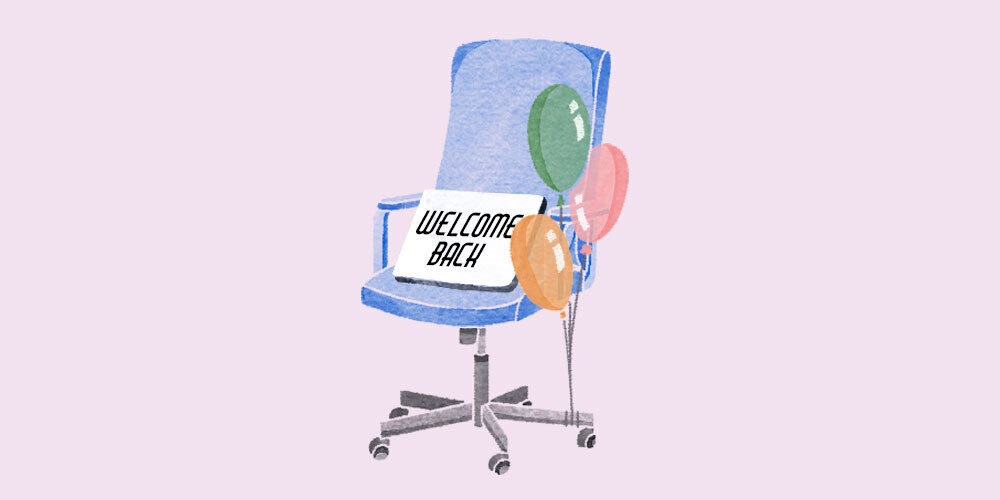Why more offices are resembling airport lounges with concierge services

As companies continue bringing employees back into physical office spaces, they’re also considering exactly what kind of workspaces will attract employees back and feasibly work in a hybrid setup.
It’s given rise to office peacocking, in which companies have revamped offices to look and feel more homey and inviting. While aesthetics still matter, employers now are also looking to “provide resources and services that you typically can’t get at home,” said Riley King, design director for architecture firm Gensler Chicago.
And for some, that looks a lot like an airport lounge.
“One of the main components around what brings people back to the office is literally the people, so how can we kind of provide the best physical spaces to allow for that?” King said.
Take actual airline company United Airlines, which worked with Gensler to repurpose a floor in its Willis Tower office space in Chicago last year into a space like many of its lounges in airports across the country. The company retained other floors as traditional office space.
Granted, it’s perhaps less of a pivot for an airline to adopt an airport lounge-like design within its corporate office spaces, but it’s not just airlines taking this approach.
Expensify, a payments app company, recently repurposed its San Francisco office space into a lounge for employees, members and their guests, equipped with swanky furnishings, snacks, a deluxe coffee and cocktail bar and concierge services.
It converted nearly its entire office into a lounge, retaining just a few private meeting rooms. It hasn’t mandated employees return to work, instead leaning more on a remote-first approach, T.J. Ferriss, head of strategic partnerships at Expensify, said.
But more employees have returned since the lounge opened Apr. 24, along with Expensify members looking to use the perk, and the payments app is looking to do the same with its Portland office space soon, Ferriss said. The company pitches it as a “high-end airport lounge” meets “co-working space.”
“We want to maintain a space where we can still meet together and work together,” said Ferriss. “But given the number of employees [that come into the office], we probably wouldn’t have kept this space, which is an amazing space,” he said.
Expensify has even looked into making its own airport lounges in actual airports for members and employees but that proved a greater challenge than converting its existing space — though that’s still a possibility for some time in the future, Ferriss added.
Recently at the newly-opened space, an Expensify member visited the lounge, located in the heart of San Francisco’s financial district, on their way to their airport, with luggage in tow, “and that’s kind of the exact experience that we would want,” he said.
It comes as employees are pushing back against return-to-office mandates and as job seekers are putting greater value on being able to choose their own workspace after working remotely throughout much of the pandemic.
Being able to choose one’s own workspace is paramount for job seekers today. In Owl Labs “State of Remote Work” report, nearly half of over 2,000 respondents said they would take a 5% pay cut or more for a position with greater workplace flexibility, and 23% said they would take a 10% pay cut or more.
“Creating and implementing an effective flexible policy is just the beginning. Companies need to be intentional about what the physical office space now means, and what type of work is best suited there,” the report said.
Among companies occupying physical office spaces since the pandemic began, 20% have closed or consolidated spaces, 19% have increased office space, 17% have decreased space, 13% have added satellite offices, 8% have moved out of a city and 21% made no changes to their spaces, that report found.
Attracting employees back to workspaces today “goes beyond just sort of the look and feel or the aesthetic, but really comes down to kind of providing these almost concierge-like offerings,” King said.
Gensler also designed Uber’s office as the ride-hailing app took over a massive 29,000 square meter space at the old Post Office headquarters in Chicago, and a tactic for that project “was to just create a diversity of space,” he said.
Traditional office spaces were retained alongside lounge-like areas and other amenities like a rooftop basketball court available to all of the building’s tenants. The new workspace was completed in 2022.
Eliminating traditional office space almost entirely like Expensify might be feasible for some companies, but not all. “It’s different for every company, because every company’s culture is clearly different, so one company’s culture could thrive, perhaps with no office,” King said.
“But culture is really what is sacrificed to a degree if you don’t truly have any physical space,” he said.

